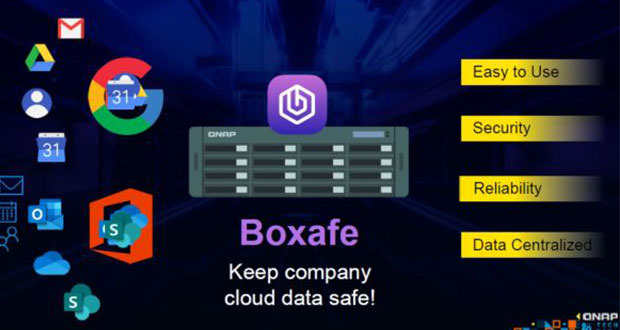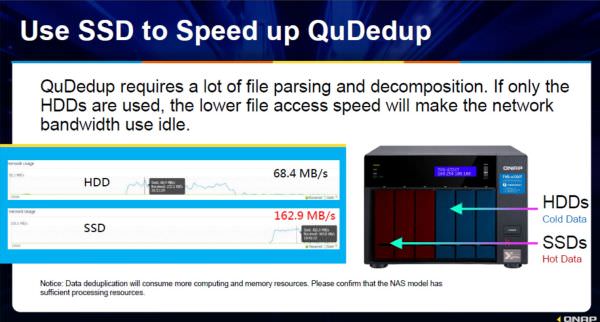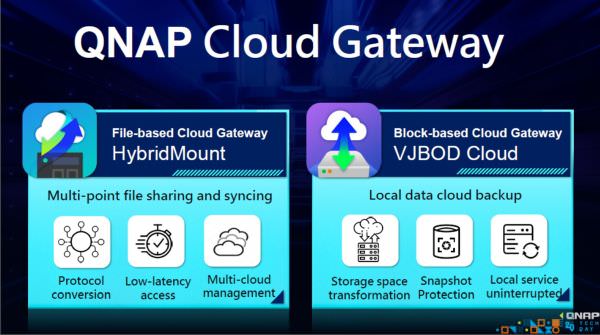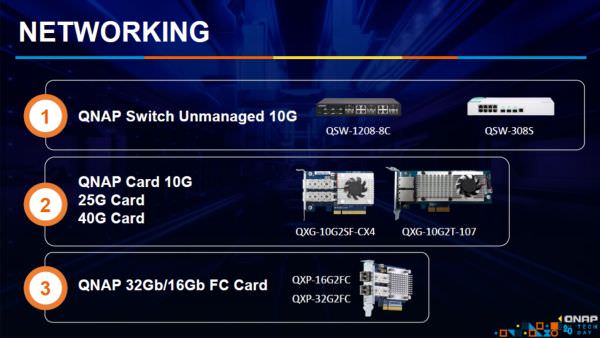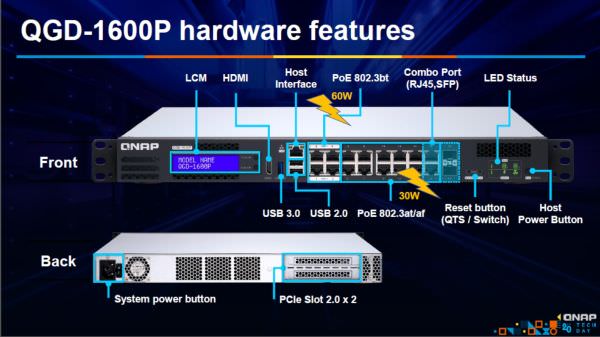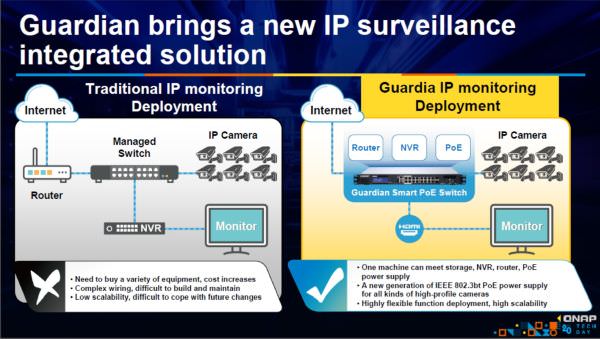QNAP presents the news for 2020 and the new tools for backup to and from the cloud
On the occasion of Tech Day 2020 QNAP presented new products dedicated to networking, including new 10 Gbe switches, network cards up to 40 Gbe. Extreme attention has been paid to backup tools and to integration with the G-Suite.
Until a few years ago, NAS was considered to be predominantly consumer tools or dedicated to small companies, practically miniature servers, simple to manage but perceived as economic solutions. It didn’t take long to change the opinion of the experts so much that now the NAS are products that can also be integrated within enterprise-type companies.
QNAP is one of the leaders in this sector and continues to update its solutions both on the hardware and the software side, improving its QTS operating system every new version.
HBS 3: increasingly reliable backups
A correct backup strategy cannot be based on a single copy of the data, for example: on an external hard disk or a NAS.
One of the most widespread approaches is called 3-2-1, and assumes 3 separate copies on at least two different media, as well as a third copy stored externally, for example; on the cloud. A strategy that is supported by HBS 3, integrated on QNAP NAS and structured to make data security and recovery operations faster.
HSB 3 supports QuDedup for data deduplication : in more understandable terms, it takes care of compressing the backup data, even going in search of duplicate files so as to streamline the resulting file size. In this way, it is possible to greatly speed up transfers of large archives, especially when they are moved to and from the cloud.
Once deduplicated, the data is not immediately accessible and must be decompressed. For this reason, QNAP has developed QuDedup Extract Tool, running on Windows, Mac and Linux, which allows you to recover single files and folders from deduplicated archives without having to decompress the entire archive.
QuDedup works a lot on files and can easily undermine a traditional hard disk system. Consequently, when dealing with large archives, it makes sense to integrate SSD into the NAS, capable of greatly accelerating this type of operation.
HybridMount, the NAS merges with the cloud
HybridMount is one of the most interesting features of QNAP devices and allows you to use a public cloud service, for example: Dropbox, to extend storage space. In these scenarios, the local NAS is no longer the primary data container, but acts as a cache for information available in the cloud. Currently, 20 services are supported, including Amazon S3, OneDrive, Google Cloud, OneDrive, Dropbox and many others.
Boxsafe, a solution for local backup of the G-Suite and Office 365
Several companies have embraced the SaaS philosophy (Software as a Service) also for classic office tools such as text editors, spreadsheets and presentations PowerPoint. The most popular products are the G-Suite or Office 365, which also offer the online space needed to save their documents.
Although these services are reliable, nobody declares themselves responsible in the event of data loss or temporary interruption of the service, which is why a local backup is of primary importance.
QNAP boxafe solves the problem by exploiting the local NAS as a backup of the data of this application, guaranteeing the restoration in extremely short times.
QGD-1600P: a NAS and a PoE switch in the same case
QNAP has presented a number of new features and not all of them are NAS. Among the most interesting, we report the introduction of Fiber Channel network cards to be inserted in enterprise-type NAS, and the more classic ethernet interfaces capable of supporting the 25 GbE, and 40 GbE protocols.
The most innovative product is the QGD-1600P, a 1U rack format device that integrates the functions of switches with PoE (Power over Ethernet), and NAS support.
Powerful enough to manage virtual machines, it is equipped with two completely independent operating systems: on one side a powerful NAS, on the other a managed network switch with Ethernet ports capable of carrying up to 60 Watts of current.
They are entirely separate and independent, so that when you restart or turn off the NAS part, the switch will continue to run without interruption.
It’s ideal scope is that of video surveillance, as the Ethernet ports with PoE support suggest, ideal for transposing data and current to and from the cameras using a single cable. The integrated applications make it very flexible and, for example, can be used to manage the smart lighting of an office or for digital signage applications.

